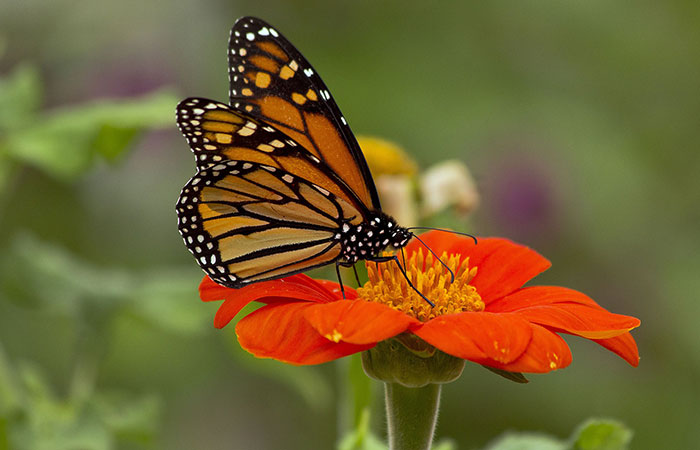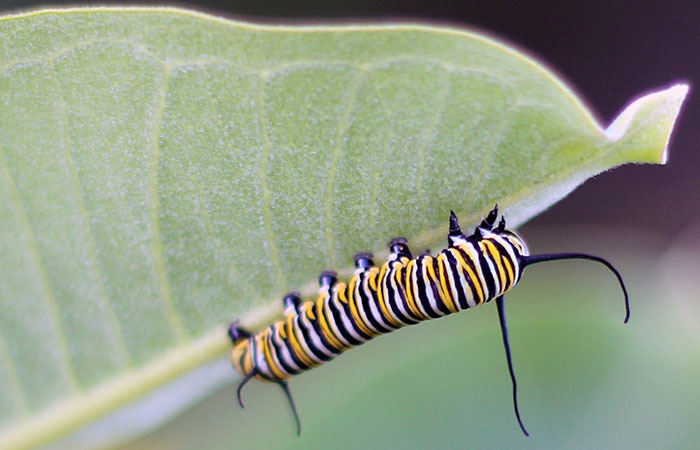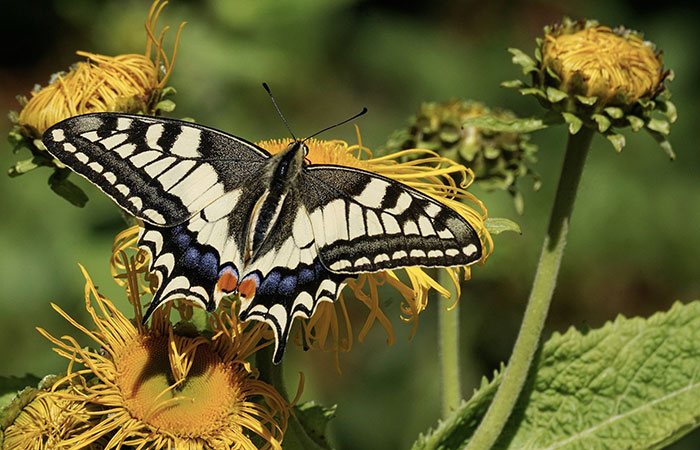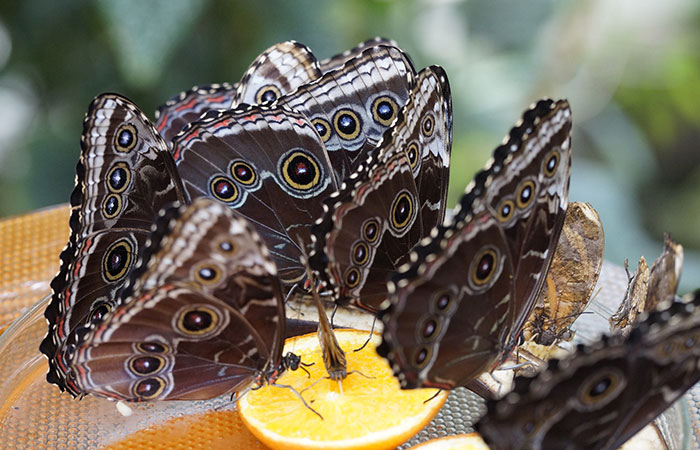How to Create a Butterfly Garden

Butterfly gardens are becoming more and more popular, and for good reason! Besides being stunningly beautiful, butterflies are excellent pollinators and an important link in local food chains. Butterflies and moths have a lot to offer, and gardeners want to know how they can give back.
The Puget Sound region boasts over 500 species of butterflies and moths. Many of these species are struggling to hold on in the face of habitat destruction, over-use of pesticides, and other threats.
The good news is that butterflies don't ask for much. If you have a few feet of sunny garden or patio space, you can create a butterfly garden that provides for their needs in all stages of their life-cycles.
Location, Location, Location
Butterflies love sunshine. Choose a spot for your butterfly garden that gets at least 6 hours of sun in the summer, and make sure that it's protected from harsh winds. You can even grow honeysuckle, hops, or other butterfly-friendly vines on trellises to provide a natural windbreak.
Don't forget your own location needs. Choose a spot where you'll be able to easily maintain and enjoy the garden, such as under a window, near outdoor seating, or along a well-used pathway.
If you have a vegetable garden, consider planting your butterfly oasis nearby. Butterfly gardens make beautiful borders for veggie beds, and you'll get some extra help with pollination too.
Plants for Caterpillars
Including a nice selection of caterpillar plants in your butterfly garden will transform it from a quick rest-stop along the way to a top-notch butterfly B&B.
Caterpillars are much pickier eaters than adult butterflies, so if you want to attract a specific kind of butterfly, start by growing that species' favorite caterpillar food.
Native plants are usually caterpillar favorites, but some species are happy to munch on non-native plants too. Of course, if your goal is to feed caterpillars, then eating is just what they're going to do. When you see holes in your leaves, you'll know your future butterflies are enjoying the buffet.

Nectar Plants
Now for the really fun part: filling your butterfly garden with flowers! Most butterflies aren't picky. They'll be happy to drink from any nectar-rich flower they can get their proboscises into. And as long as there are suitable caterpillar host-plants nearby, they'll be glad to call your garden home.
That said, they do have a preference for flowers that are either disk-shaped and made up of many mini-flowers, such as Shasta daisies, or else flowers shaped like short tubes, such as Agastache. Our pollinator page lists some of our top recommendations for butterflies, as well as those for bees and hummingbirds!
Even if you don't have the space or inclination to grow caterpillar host plants, you can still grow some favorite butterfly blooms. Butterflies need lots of places to stop for a quick sip of nectar. The more butterfly flowers, the better.

Hibernation Sites
Our local butterflies and moths make it through the winter one of three ways. They either hunker down as caterpillars among loose leaves and twigs, spin protective chrysalises or cocoons in out-of-the-way spaces, or hold on as tiny eggs on the undersides of leaves.
Sadly, many butterflies may never get to grow their wings because their winter hiding spaces are destroyed by well-meaning gardeners who are trying to tidy up.
Resist the temptation to muck out your butterfly garden, at least until after the butterflies have had a chance to hatch from their eggs or finish their metamorphoses in peace.
Stay Pesticide-Free
It almost goes without saying that pesticides have no place in a butterfly garden. After all, the whole idea is to provide a sanctuary for butterflies and caterpillars. Although organic pesticides are derived from natural sources and are often gentler on the environment, most will still kill any bug they touch. That includes butterflies and caterpillars.
Instead of using pesticides, set your garden up for success. Start with robust, resilient, and diverse plants that are a good match for the sunlight and soil in your garden. Make sure to provide them with plenty of water, especially as they're getting established, and feed them with organic fertilizer. Your butterfly garden should be able to hold its own against a little insect nibbling from there.

butterfly fruit feeder
Home Improvements
If you really want to go full-service, there are a few extra treats that will make your butterflies feel especially at home.
Fruit feeders: Many butterflies enjoy a sip of fruit-juice from time to time along with their nectar. You can supplement their diet just by placing overripe fruit in a shallow dish or hanging it from a tree.
Puddles: Male butterflies collect trace nutrients from the mineral-rich water in puddles. You can create a puddling station above ground level by filling a saucer or bird bath most of the way with sand and compost, then adding a bit of water and a place for your butterflies to land. Homemade puddling stations can even be quite beautiful.
Sunbathing spots: Butterflies need sunny spaces to rest and warm up on cold days. Provide some flat, dark-colored rocks that will absorb the heat and reflect it back to help your butterflies warm up their muscles and get back to fluttering.
